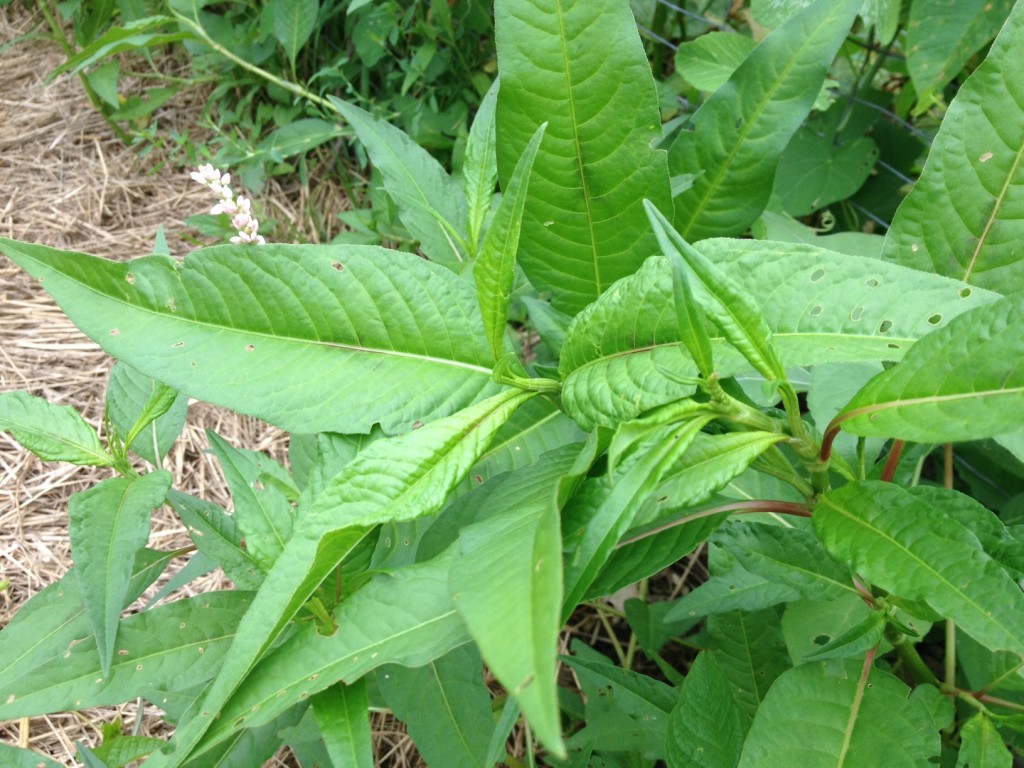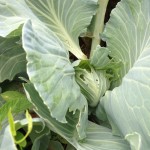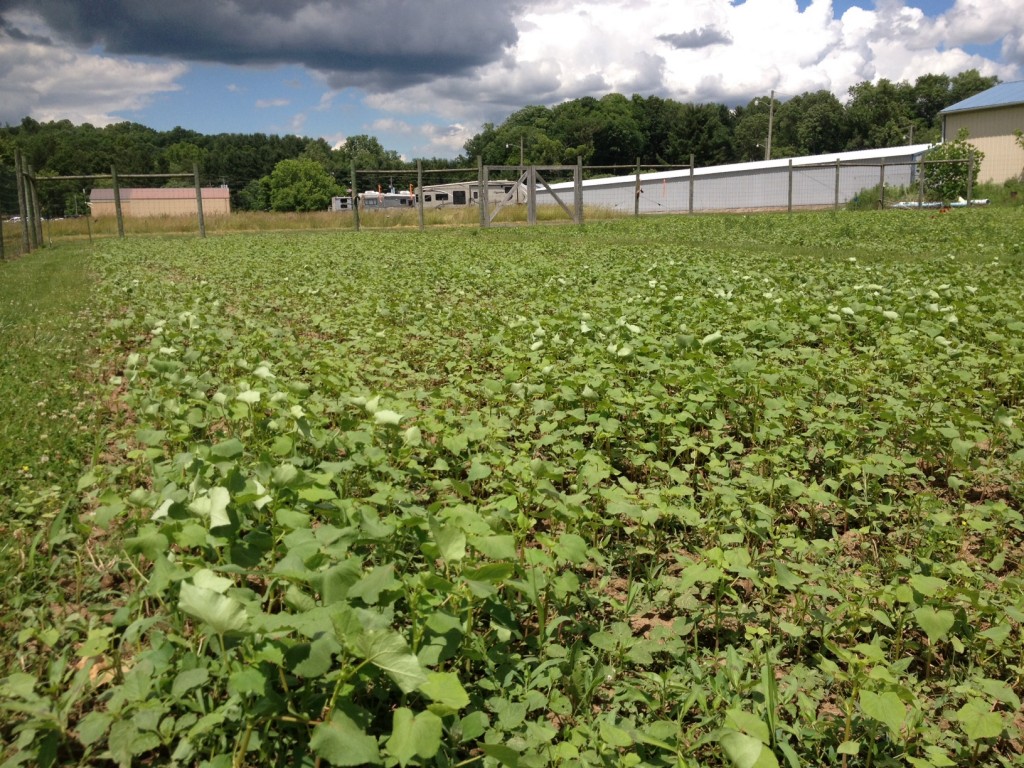I will come out and say it. Sorry basil and chives but parsley is my favorite herb.
Why you ask? Because it is healthier, tougher, lasts longer in the season, stores easier, does not mind shade, does not need a ton of fertilizer, does not have many diseases or pest(besides bunnies) and grows faster. Not a bad list of superlatives.
I just cleared the way in my parsley patch. I had planted a three foot wide row about a foot across sandwiched between some spinach and some lettuce. Parsley takes a little while to germinated and establish. The spinach and lettuce grew around it and now are done for the season, I pulled the remaining plants and used the weeds as mulch on either side of the parsley patch.
This will fill in very nicely into a thick planting. I have been harvesting for weeks and it will go on the entire season with enough to dry as well. I like to grow the Italian Flat Leaf variety because I like the taste better.
Parsley is a superfood. It is an excellent source of Vitamins A and C, is rich in anti-oxidants, flavonoid, and folic acid as well.
For cultivation: It likes sun, but tolerates shade, takes a good 3-4 weeks minimum to germinate then looks pretty wispy, very similar to its cousin the carrot. It is a biennial which means it goes to seed in the second year. It tolerates cold very well and will last with a little protection until nearly Christmas. It is not too late to grow right now so feel free to start some if you get a chance. Being a taprooted plant it would rather be started in place from seed and does not really like to be transplanted.
One note: Parsley is in the family Umbelliferae like dill, carrot, cilantro and some poisonous ones as well. They are the host plants for the Swallowtail Butterfly larval stage. Look for the brightly colored caterpillars before you harvest. They are fun to grow into cocoons and watch emerge if you have kids(or just like stuff like that like me)























